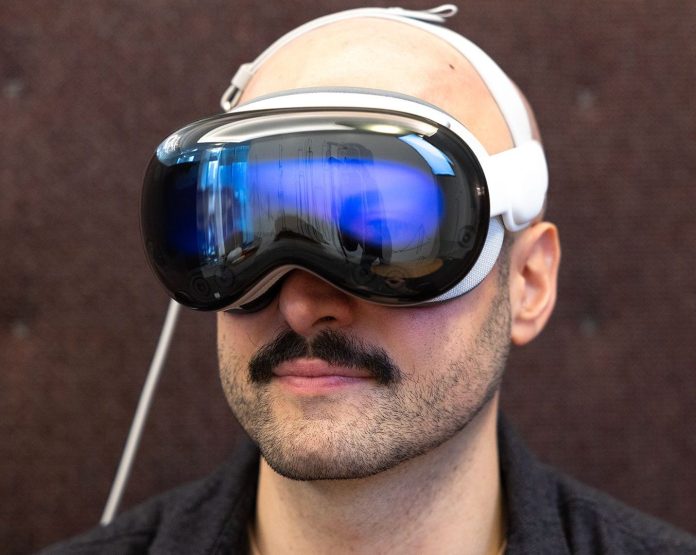Here’s the breakdown. Unlike the standalone Vision Pro, the N107 seems to be taking a tethered approach. This means the headset would rely on the processing power and components of an iPhone or Mac, potentially lowering production costs and bringing the price tag down. For casual users, this could be a game-changer, making VR technology more accessible.
However, the need for a connected device might be a double-edged sword. While it translates to affordability, it also compromises portability and independence. Imagine wanting to experience VR on the go – the N107 wouldn’t be your ideal companion.
Details about the N107 are still emerging, but reports suggest it might have a narrower field of view compared to its pricier sibling. Additionally, some advanced features like eye tracking and hand tracking might be absent. Resolution might also take a hit, but this remains unconfirmed.
Despite the limitations, the N107’s potential is exciting. A more affordable VR headset from Apple could be a tipping point, boosting mainstream adoption of this immersive technology. Imagine a world with a wider range of VR experiences readily available, not just for the tech elite.
While the official release date is set for late 2025, the price remains under wraps. However, one can expect a significant reduction compared to the hefty $3,499 price tag of the original Vision Pro.
Apple’s rumored N107 might not be perfect, but it represents a significant step towards making VR more accessible. Whether it fits your VR needs depends on your priorities, but one thing’s for sure: the future of mixed reality is looking brighter, and potentially more affordable.

